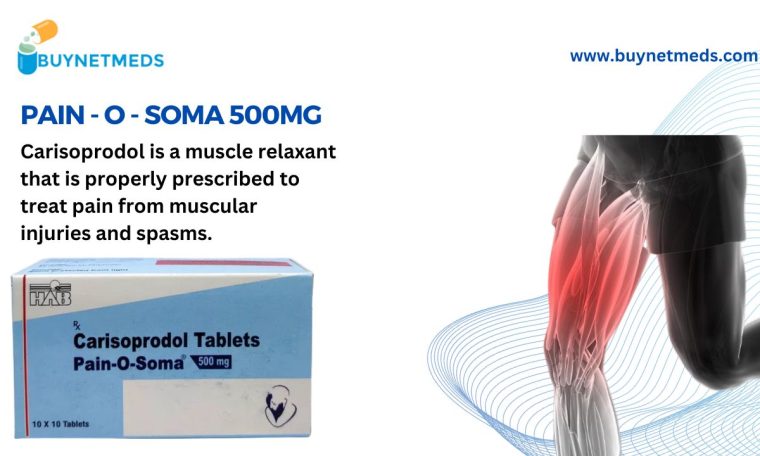
Running is an invigorating activity that offers numerous health benefits, from improving cardiovascular fitness to boosting mental well-being. However, avid runners may occasionally encounter discomfort or pain, particularly in their thighs. Thigh pain during or after running can stem from various causes, ranging from overuse injuries to underlying medical conditions. Understanding the types, causes, prevention, and treatment of thigh pain associated with running is crucial for both seasoned athletes and beginners.
Types of Thigh Pain:
Thigh pain experienced by runners can manifest in different forms and locations, each indicating various underlying issues. Anterior thigh pain occurs in the front of the thigh and is commonly linked to quadriceps muscle strains or tendonitis. Posterior thigh pain, located at the back of the thigh, might signify hamstring injuries or sciatic nerve irritation. Additionally, pain on the inner thigh could be a result of adductor muscle strains, while pain on the outer thigh might indicate iliotibial band syndrome (ITBS).
Causes of Thigh Pain:
- Muscle Strain: Overexertion or sudden changes in intensity or duration of running can cause muscle strains in the quadriceps, hamstrings, or adductor muscles.
- Tendonitis: Inflammation of tendons due to repetitive stress or improper form while running can lead to tendonitis in the quadriceps or hamstrings.
- IT Band Syndrome: The iliotibial band, a thick band of tissue running along the outside of the thigh, can become inflamed and cause pain when it rubs against the thigh bone.
- Sciatica: Compression or irritation of the sciatic nerve, often due to improper running posture or pelvic misalignment, can cause pain in the posterior thigh.
Prevention Strategies:
- Proper Warm-up and Stretching: Engaging in dynamic warm-up exercises and stretching before running can prepare muscles and reduce the risk of strains.
- Gradual Progression: Gradually increasing running intensity and mileage helps prevent sudden stress on muscles, lowering the risk of overuse injuries.
- Correct Footwear and Running Form: Wearing proper running shoes and maintaining correct posture and gait can alleviate stress on muscles and joints.
- Cross-training and Rest: Incorporating rest days and cross-training activities like swimming or cycling can prevent overuse injuries and provide recovery time.
Treatment Approaches:
- RICE Method: Rest, Ice, Compression, and Elevation can help alleviate acute pain and reduce inflammation in the affected area.
- Physical Therapy: Seeking guidance from a physical therapist for targeted exercises and stretching routines can aid in rehabilitation and prevent recurrence.
- Medication: Over-the-counter pain relievers like Aspadol 100mg may be recommended to manage pain and reduce inflammation.
- Professional Evaluation: Consulting a healthcare professional is essential, especially if the pain persists or intensifies, to rule out serious injuries or underlying medical conditions.
Recovery and Return to Running:
The recovery timeline for thigh pain due to running varies based on the severity of the injury. Initially, rest is crucial to allow the affected muscles to heal. As the pain diminishes, gradual return to running with reduced intensity and duration is recommended. Rehabilitation exercises, such as strengthening and stretching routines prescribed by a professional, aid in the recovery process and prevent future injuries.
When to Seek Medical Attention:
Persistent or severe thigh pain that hinders daily activities or worsens during running warrants prompt medical attention. Additionally, if the pain is accompanied by swelling, bruising, or a popping sensation during the injury, consulting a healthcare provider is advisable to rule out fractures or severe muscle tears.
Conclusion:
Thigh pain related to running is a common issue that can arise due to various factors such as muscle strains, tendonitis, or biomechanical issues. While minor cases can often be managed with rest, ice, and gradual return to activity, more severe or persistent pain requires professional evaluation. Implementing preventive measures, proper warm-up routines, maintaining correct form, and seeking timely treatment are pivotal in managing and mitigating thigh pain, allowing runners to enjoy their sport while minimizing the risk of injuries. Listening to one’s body and addressing any discomfort promptly is key to maintaining a healthy and sustainable running regimen.
Visit: Buynetmeds



